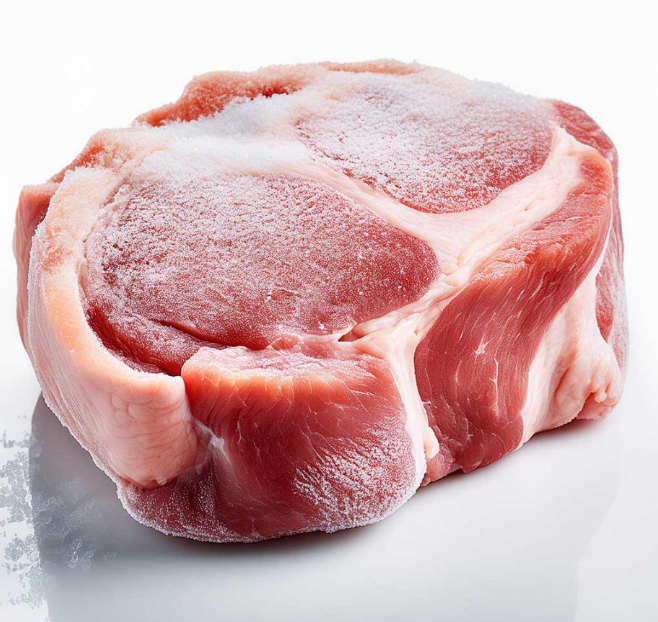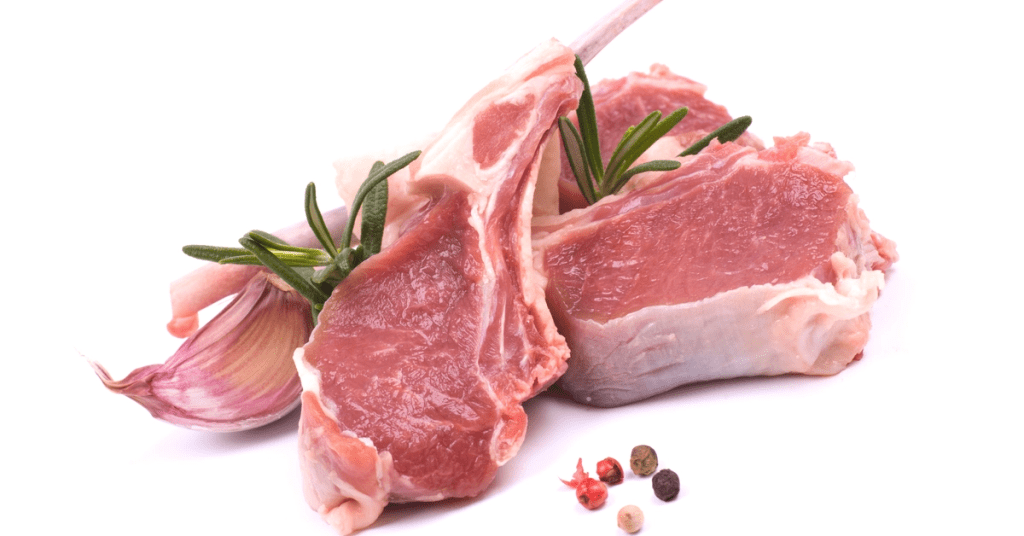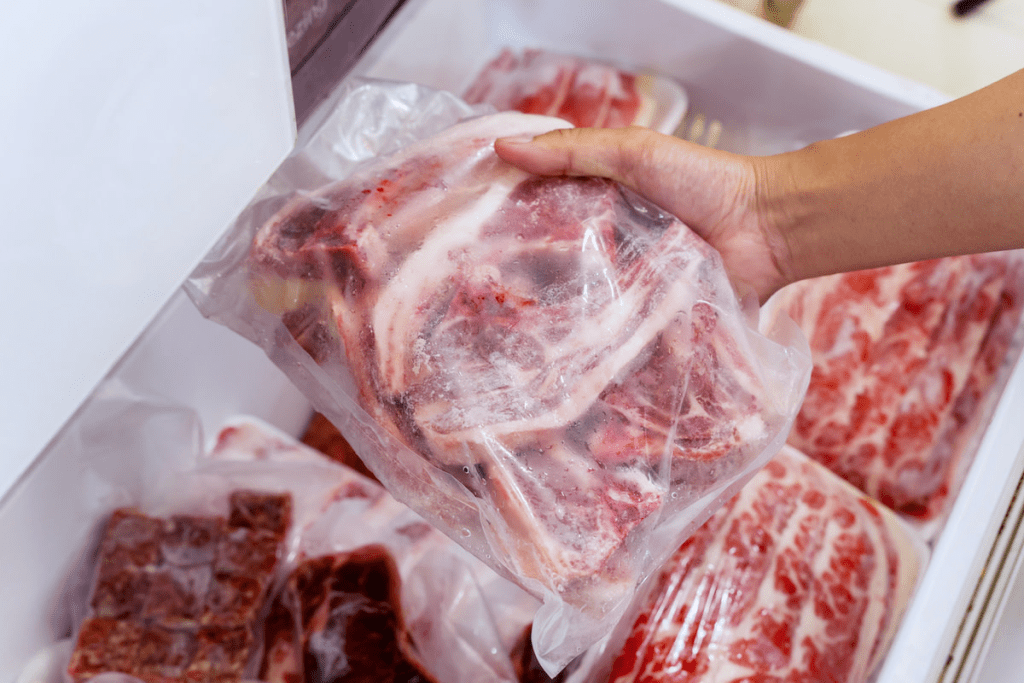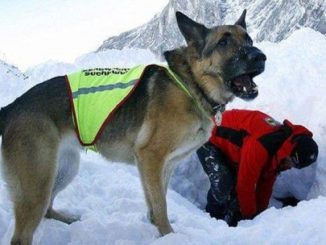When it comes to preparing a delicious meal, proper meat defrosting is just as important as the cooking itself. Many people are tempted to defrost meat quickly by using hot water, but this shortcut can lead to serious health risks and compromised quality. From bacterial growth to texture changes, defrosting meat in hot water is a method best avoided. In this article, we’ll explore why hot water is so detrimental and uncover six types of meat that should never be thawed this way.
Why Defrosting Meat in Hot Water is Dangerous

Thawing meat in hot water may seem like a fast solution, but it poses several risks. Primarily, hot water quickly brings the outer layers of the meat into the “danger zone” (40°F to 140°F), where bacteria like Salmonella and E. coli can thrive. This bacteria-friendly temperature can lead to foodborne illnesses. Additionally, hot water can start cooking the outside of the meat while the inside remains frozen, resulting in uneven texture and compromised flavor.
Let’s look at which meats are particularly vulnerable to these issues and why you should avoid using hot water to defrost them.
1. Ground Beef: Prone to Rapid Bacterial Growth
Ground beef is especially risky to defrost in hot water due to its large surface area. This increased surface area allows bacteria to spread quickly, particularly when exposed to warmer temperatures.
- Why It’s Risky: The outer layers of ground beef can easily reach the danger zone in hot water, enabling harmful bacteria to multiply fast.
- Recommended Thawing Method: To safely defrost ground beef, place it in the refrigerator overnight or use the microwave’s defrost setting if you need a quicker option. Cold water thawing is another safe alternative—simply submerge the beef in cold water, changing it every 30 minutes.
2. Poultry: Hot Water Can Cause Uneven Cooking and Contamination
Poultry, including chicken and turkey, carries pathogens like Salmonella and Campylobacter, which are notorious for causing foodborne illnesses. These bacteria spread readily under improper thawing conditions.
- Why It’s Risky: Hot water defrosting can cause the outside of the poultry to partially cook, creating a breeding ground for bacteria. Moreover, it can make the meat rubbery and less flavorful.
- Recommended Thawing Method: For best results, thaw poultry in the fridge. If you’re short on time, place the poultry in a sealed plastic bag and submerge it in cold water, changing the water every 30 minutes.
3. Pork: Avoid Thawing Bacon, Sausages, and Chops in Hot Water
Pork products like bacon, sausages, and chops contain high amounts of fat, which can start to render in hot water. This not only impacts the texture but also introduces safety concerns.
- Why It’s Risky: Hot water can cause the fat in pork to begin cooking prematurely, resulting in a less desirable texture. Additionally, pork is highly susceptible to bacterial growth at warm temperatures.
- Recommended Thawing Method: Thaw pork products slowly in the fridge to maintain their quality. If necessary, a cold water bath is a good alternative. Just be sure to change the water every half hour to keep it cold.
4. Fish and Seafood: Delicate Proteins That Should Be Thawed Gently
Fish and seafood are fragile proteins that can be ruined by hot water. Shrimp, scallops, and fish fillets require careful handling to preserve their flavor and texture.
- Why It’s Risky: Defrosting seafood in hot water can cause it to cook unevenly. Fish can become mushy, and shellfish can lose its natural flavor. Additionally, the warm temperatures can encourage bacterial growth.
- Recommended Thawing Method: The refrigerator is the best place for thawing fish and seafood overnight. For faster thawing, place seafood in a sealed bag and submerge it in cold water, again changing the water every 30 minutes to ensure a safe temperature.
5. Lamb: Thawing in Hot Water Can Ruin Its Rich Texture

Lamb, whether in the form of chops, legs, or ground meat, is best thawed slowly to maintain its rich, marbled texture. Hot water not only risks bacterial growth but also diminishes the quality of the meat.
- Why It’s Risky: Hot water thawing can cause the fat in lamb to start cooking prematurely, leading to an unpleasant texture. Bacteria can also thrive as the temperature rises around the outer layers of the meat.
- Recommended Thawing Method: For best results, place lamb in the refrigerator to thaw over time. If a quicker method is needed, you can use cold water, ensuring that you change the water regularly to maintain a safe temperature.
6. Processed Meats: Ham, Hot Dogs, and Lunch Meats Are at High Risk
Processed meats like ham, hot dogs, and lunch meats can be particularly vulnerable to the effects of hot water defrosting due to their high salt and preservative content. They can become slimy or lose their firm texture when exposed to hot water.
- Why It’s Risky: The preservatives and additives in processed meats can react poorly to hot water, affecting both texture and taste. Additionally, hot water can cause processed meats to release excess water, resulting in a soggy consistency.
- Recommended Thawing Method: Thaw processed meats in the fridge to maintain their flavor and consistency. If necessary, a cold water bath is acceptable, but these meats typically thaw quite quickly due to their lower density.
Safe and Effective Alternatives to Hot Water Defrosting

If you’re looking to defrost meat safely, consider these options instead of using hot water:
- Refrigerator Thawing: The safest and most reliable method is to place meat in the refrigerator, where it can thaw gradually while staying at a safe temperature. This method may take longer but preserves both quality and flavor.
- Cold Water Bath: For quicker thawing, place meat in a sealed bag and submerge it in cold water. Be sure to change the water every 30 minutes to keep it cold. This method is faster than the refrigerator but still keeps the meat out of the danger zone.
- Microwave Defrosting: The microwave’s defrost setting can work for small portions of meat if you plan to cook them immediately afterward. However, be cautious, as this method can partially cook the meat if not monitored closely.
Conclusion: Prioritize Food Safety and Quality with Proper Defrosting
Defrosting meat in hot water may seem like a convenient shortcut, but it comes with serious risks. From bacterial contamination to loss of texture and flavor, hot water is simply not worth the gamble. By using safe and effective methods like refrigerator thawing, cold water baths, or microwave defrosting, you can enjoy high-quality meat without compromising your health.
Taking a few extra minutes to thaw your meat properly is a small effort that pays off in flavor, texture, and peace of mind. So next time you’re preparing a meal, remember these safe defrosting practices to keep your kitchen and family safe.


